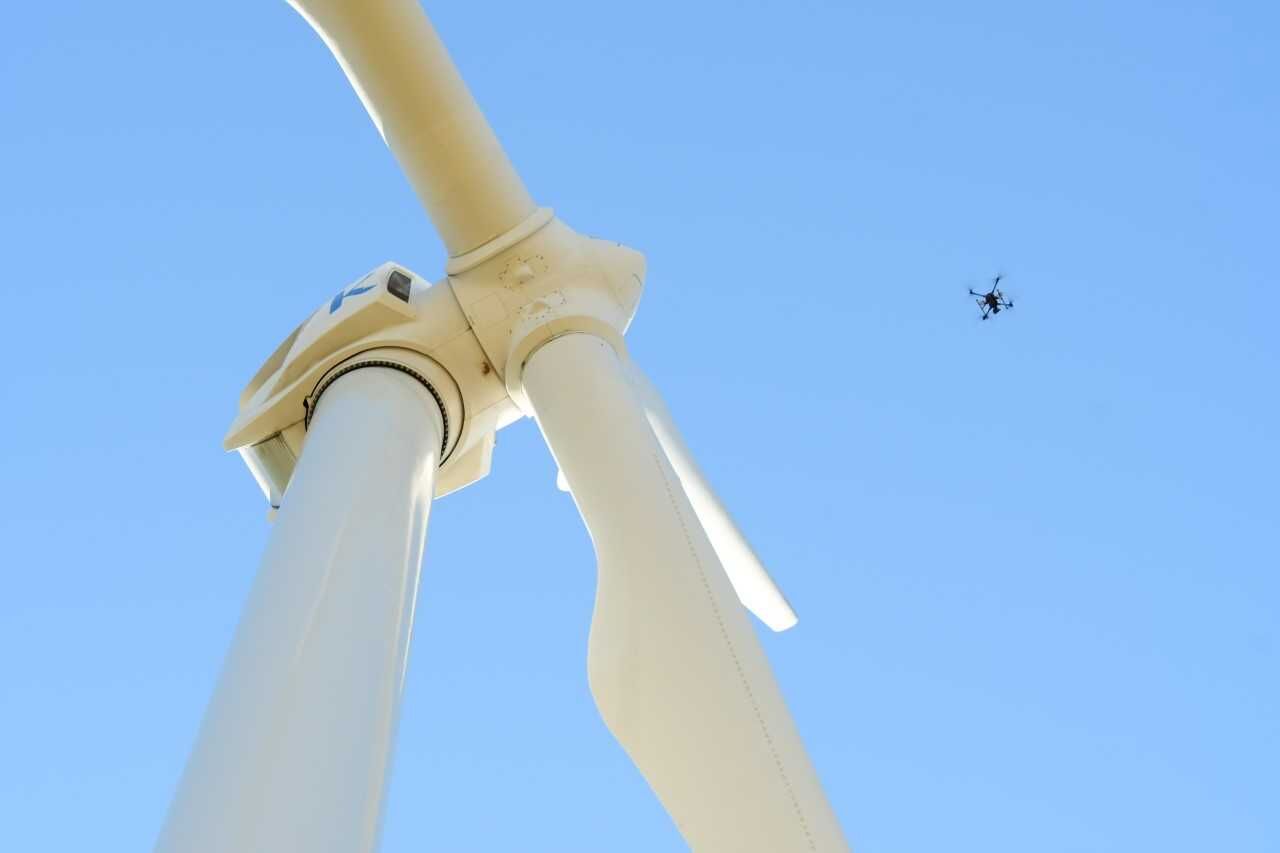
Inflation has skyrocketed over the past year, hitting 7% by the end of 2021, and a variety of pressures, both temporary and persistent, are expected to keep that rate well above the traditional 2% annual rate targeted by the Federal Reserve, experts from The Conference Board economic research group signaled in an online presentation Jan. 27.

“Inflation in the U.S. really seems to be everywhere,” said Dana Peterson, chief economist and center leader of economy, strategy and finance at The Conference Board, a nonprofit business membership and research group headquartered in New York City. “It’s in goods, services, commodities, even in housing. So the key questions are what is driving these inflation pressures, what’s temporary and associated with the pandemic versus what’s going to be more persistent and will last beyond the pandemic.”
Ms. Peterson outlined a series of inflationary pressures that are expected to gradually subside as the pandemic’s intensity wanes. Among them:
- An unusually strong demand for goods and services, linked to factory closures abroad as employees become ill and are unable to work.
- Supply chain bottlenecks exacerbated by a shortage of transportation options and a sharp rise in transportation costs. “Even if you can produce a product, it’s difficult to get it into the U.S., and then once it reaches a port, there’s no one to offload it, and once you offload it, it’s challenging to move things around the country,” Ms. Peterson said. “All these things are very interconnected.”
- An emerging demand for services, causing prices for those services to tick upwards. “We believe that once Omicron has passed us, then we will see more reopening of in-person services, and a (reduction) of service prices rising,” Ms. Peterson said.
- Energy price volatility spurred by a supply shortfall. “You know (OPEC) is going to increase production, but their production isn’t currently keeping up with demand,” Ms. Peterson noted.
- “Easy” monetary and fiscal policies. “You had multiple rounds of fiscal stimulus credits for people and families with children, and that provided impetus for people to spend, and they did spend – a lot of it on goods,” she said. “Meanwhile, low interest rates have helped fuel housing activity, and people buying things on credit.”
- An aggressive increase in wages, essentially fueled by marked labor shortages. “Many people have retired, and some people can’t go back to work because there’s no one to take care of their children,” she said. “Meanwhile, we have the ‘Great Resignation,’ where many people are rethinking (their goals) and leaving their lower paying jobs for higher paying jobs.”
Other factors buoying inflation are likely to persist for a longer term, Ms. Peterson said, including:
- A shortfall in housing supply, coupling with low interest rates and strong demand to push prices higher for home purchasers and renters alike.
- An ongoing demand for goods and services that, for a variety of reasons, can’t be met quickly. For example, she said, “the semiconductor chip shortage is something that’s going to be with us even after the pandemic is over. It’s very difficult to build chips overnight. You have to build up a factory, and that can take multiple years. There’s going to be strong demand for computer chips as long as businesses are engaging in innovation and digital transformation. Consumers are doing more online and want high-tech goods. We would not be surprised to see continued upward pressure on prices for those chips.”
- The work-from-home revolution. “With work from home, there’s this doughnut effect where people have left the cities and gone to the suburbs even to rural areas,” she said. “For municipalities, that means that all of a sudden basic things like transportation and health care are more expensive.”
- Persistent labor shortages. “Yes, they’re a function of the pandemic,” Ms. Peterson said,
“but we would have had labor shortages anyway even without the pandemic, because we have an aging demographic in the U.S. More people are getting older and retiring and we don’t have sufficient young people to fill in those spaces. And it’s not just a U.S. problem. We’re seeing that also in Europe, and in China and Japan. So labor shortages are going to continue to place upward pressure on wages.” - A potential wage price spiral spurred by deglobalization, supply chain bottlenecks and industrial policies imposed by government agencies. “If you have limits on how people can move things around, those limits are inflationary,” she said. “You’re not going to benefit from the lower costs of producing something elsewhere in the world with lower costs for inputs, such as labor, capital and raw materials, with governments telling businesses what to do in their supply chains. That’s going to be inflationary.”
Some developments can help cool inflation, Ms. Peterson said. Consumers, for example, may start to demand cheaper goods with the threat of curtailing spending. Automation sparked by worker shortage can reduce inflation by lowering labor costs. And the remote work trend can allow businesses to hire workers in lower-cost areas.
In summary, Ms. Peterson said, “we expect inflation above the 2% Fed target leaning into 2023.” She said the Conference Board believes the Fed will likely hike interest rates “four, maybe five times this year.”
Still, she said, “prices are going to be rising through this year. The pace is going to slow, but you’re still going to have month-on-month price increases. Year-on-year, part of that effect will fall out.”




